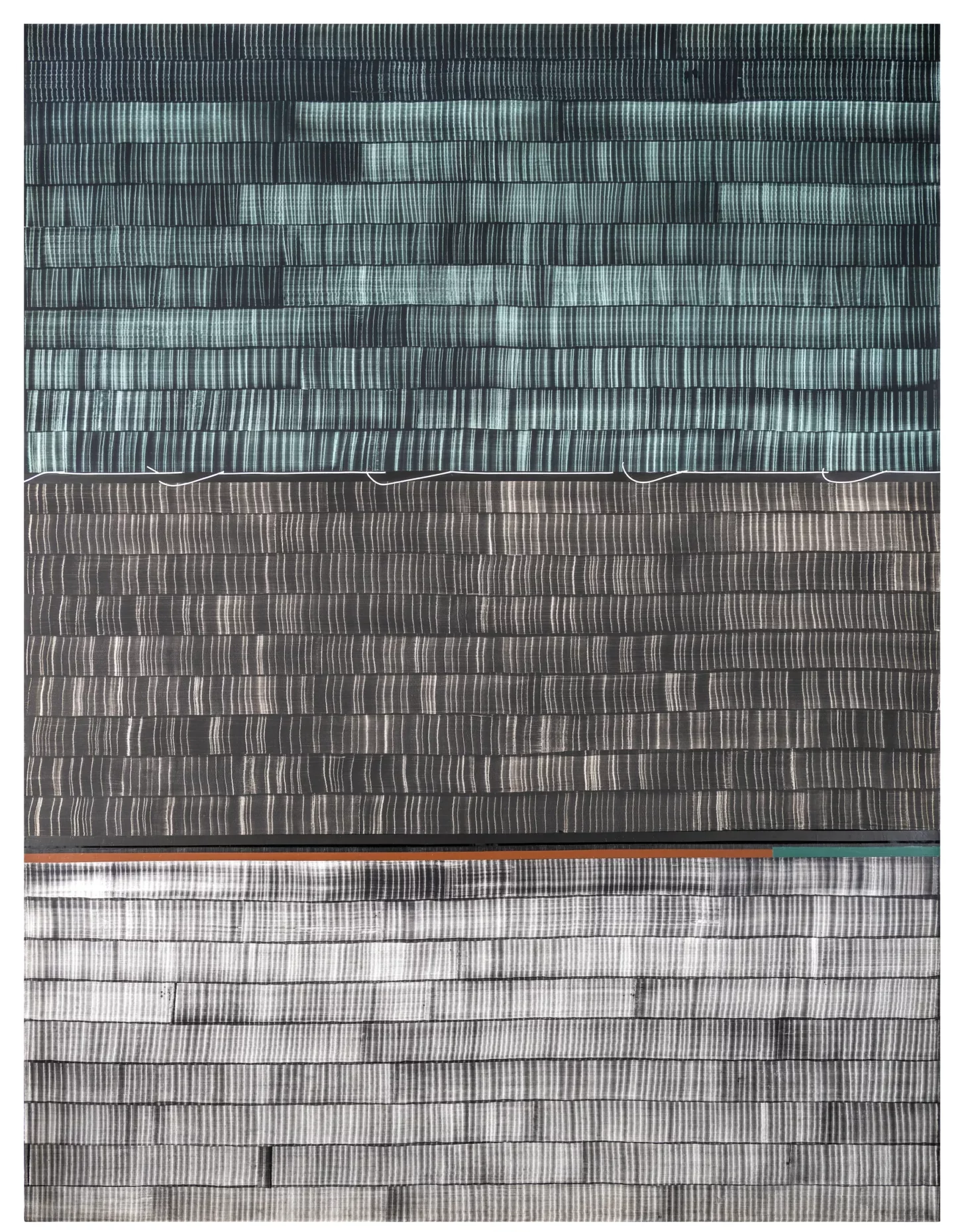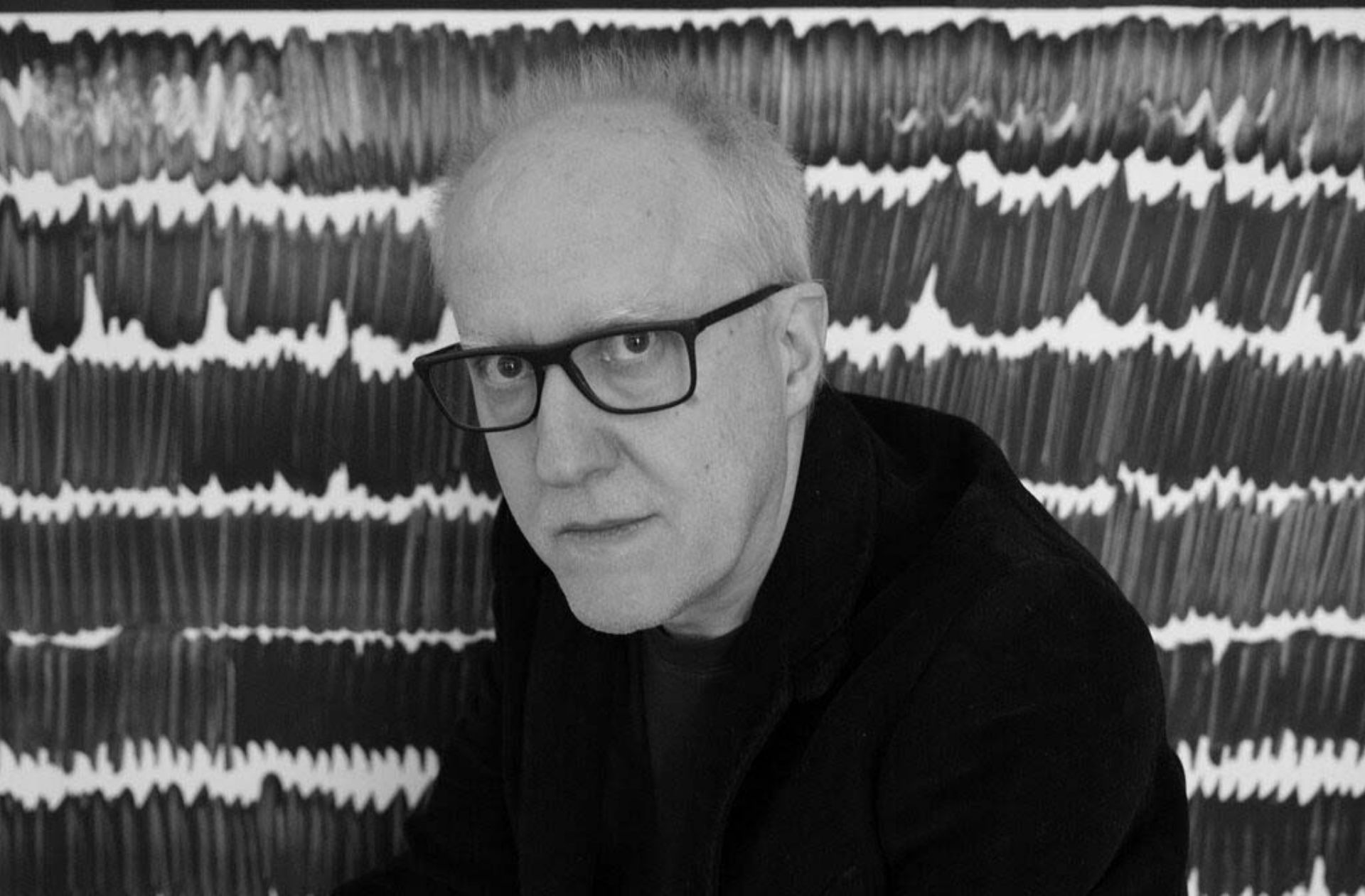Juan Uslé’s work is associated with the return to abstract painting that emerged in the late 1980s and early 1990s.
At a time when the idea of stylistic evolution was replaced by
ideas of pluralism, a number of painters revived the supposedly moribund abstract styles of earlier modernity and used them as a means to their own personal ends. They distanced themselves from the utopian and purely formalist concepts associated with much of modern abstraction and used their language to explore a wide range of experiences and ideas. Through his paintings, Uslé creates autonomous spaces that reflect intellectual and emotional processes. The artist’s early works at the beginning of the 1980s were close to the new expressionisms, but this trend changed when he left Spain to live in New York in 1986. His first paintings in the USA were small, dark, evocative seascapes representing the coast of Cantabria, the Spanish region where he was born. By the early 1990s, all figurative elements had disappeared and given way to the creation of lyrical abstract paintings, which were more analytical and conceptual in character but without detracting from the importance of the finished form.
Uslé has tended to produce series of paintings. As its title suggests, I Dreamt That You Revealed XI (Airport), from 2002, is the eleventh painting in a series of paintings that the artist began in 1997. The series is characterised by horizontal bands of methodically repeated vertical brushstrokes of black paint. Each row and brushstroke varies from light to dark tones, creating the sensation of slow or pulsating movement and ambiguous translucencies and depths. Sometimes small dots or streaks of colour appear on the surface, as can be seen in the orange lines within the four darker stripes in I Dreamt That You Revealed XI (Airport), which produce spatial tensions and give each painting its unique character.
The mechanical repetition of the brushstrokes in the series I Dreamt That You Revealed clearly shows a systematic and process-oriented approach. The brushstrokes are also a visible trace left by his body and physical activity. Moreover, the effect created by these works is very meditative, as if they were oblong mandalas. For Uslé, black represents the obliteration of memory (in fact, a group of earlier works had the word amnesia in their titles) and, therefore, of light and images.

